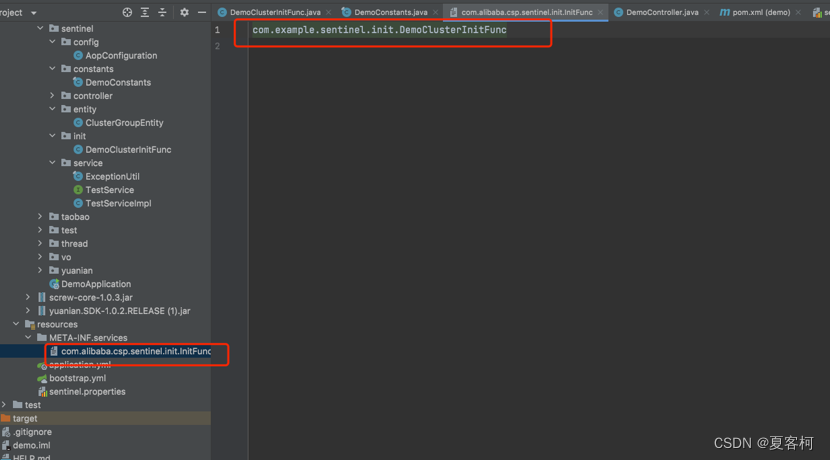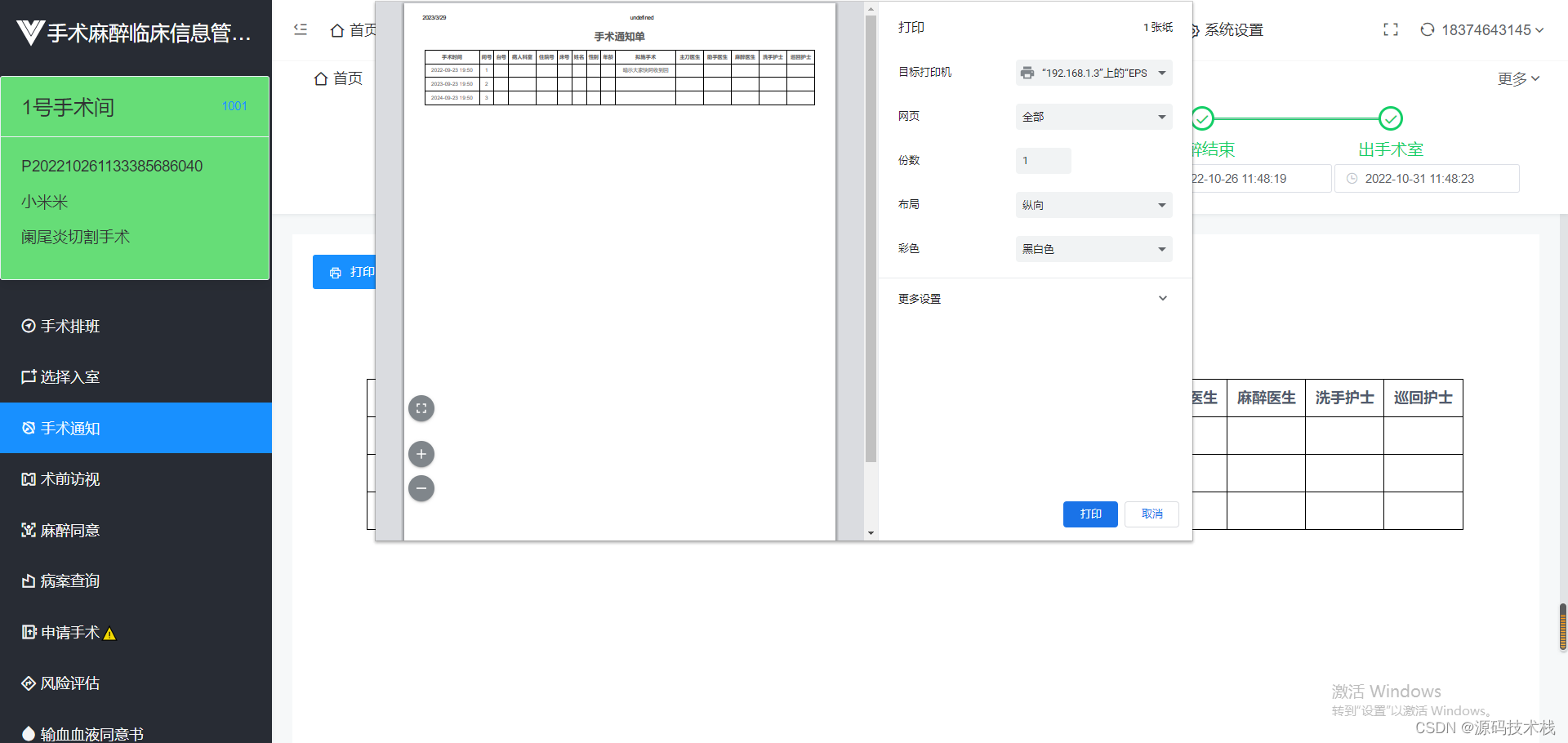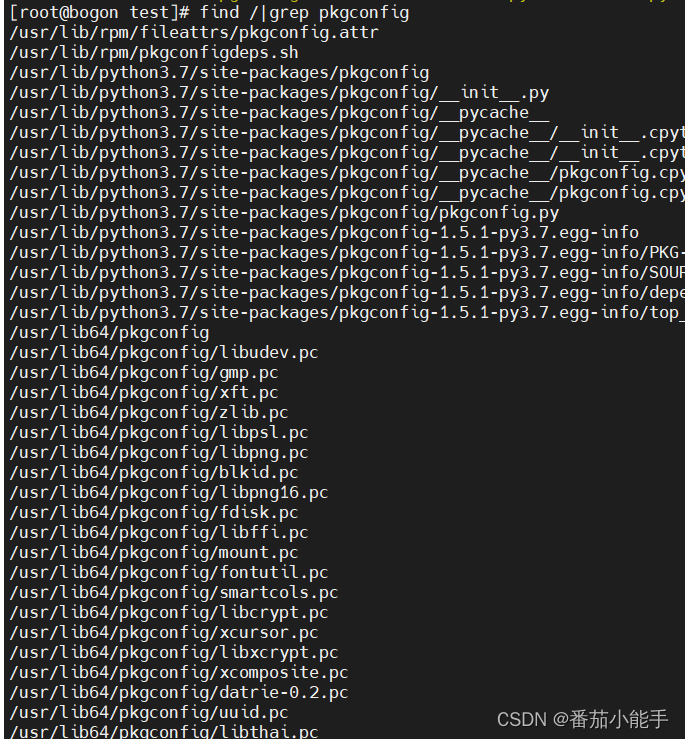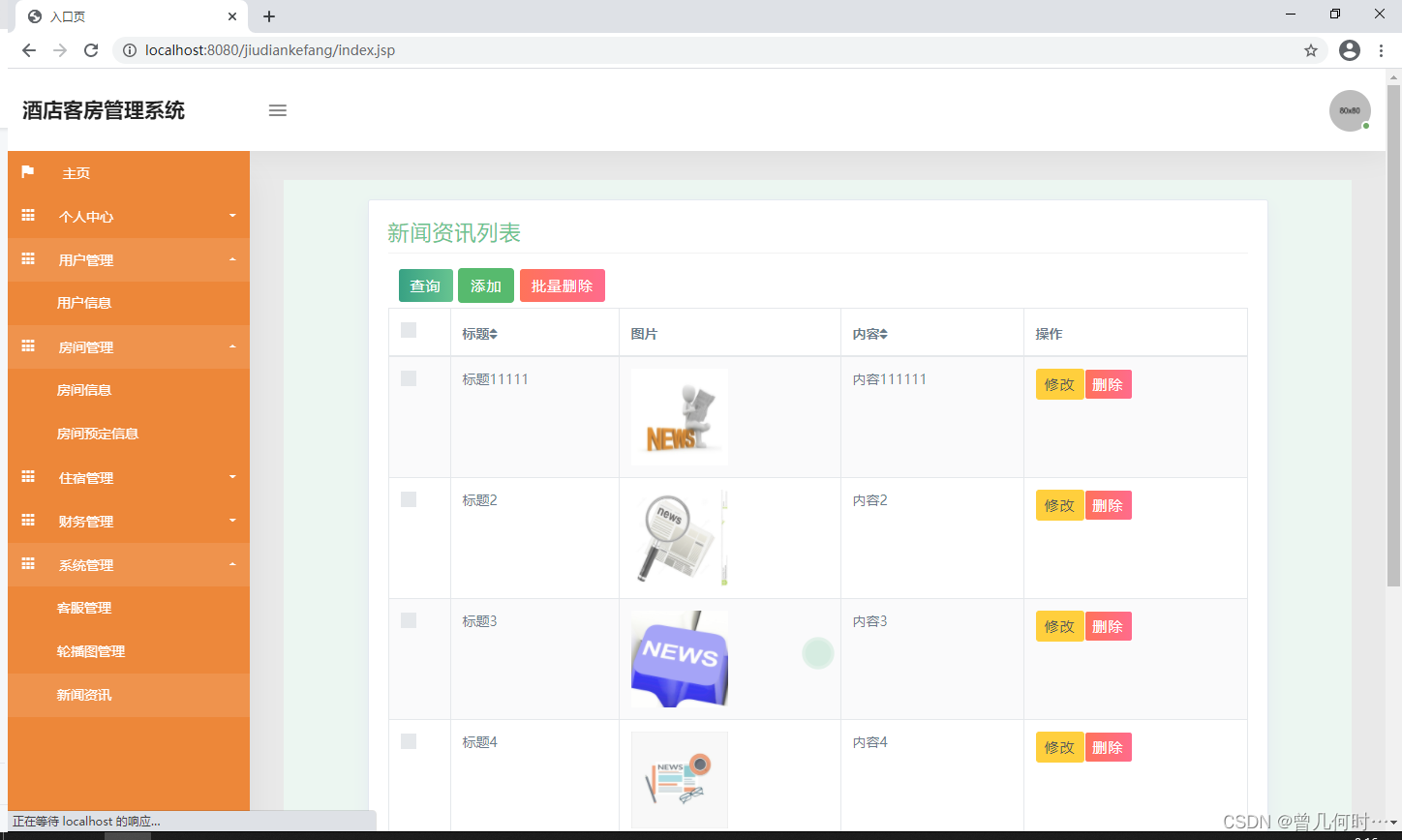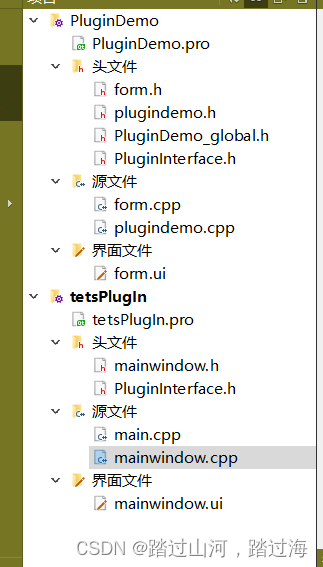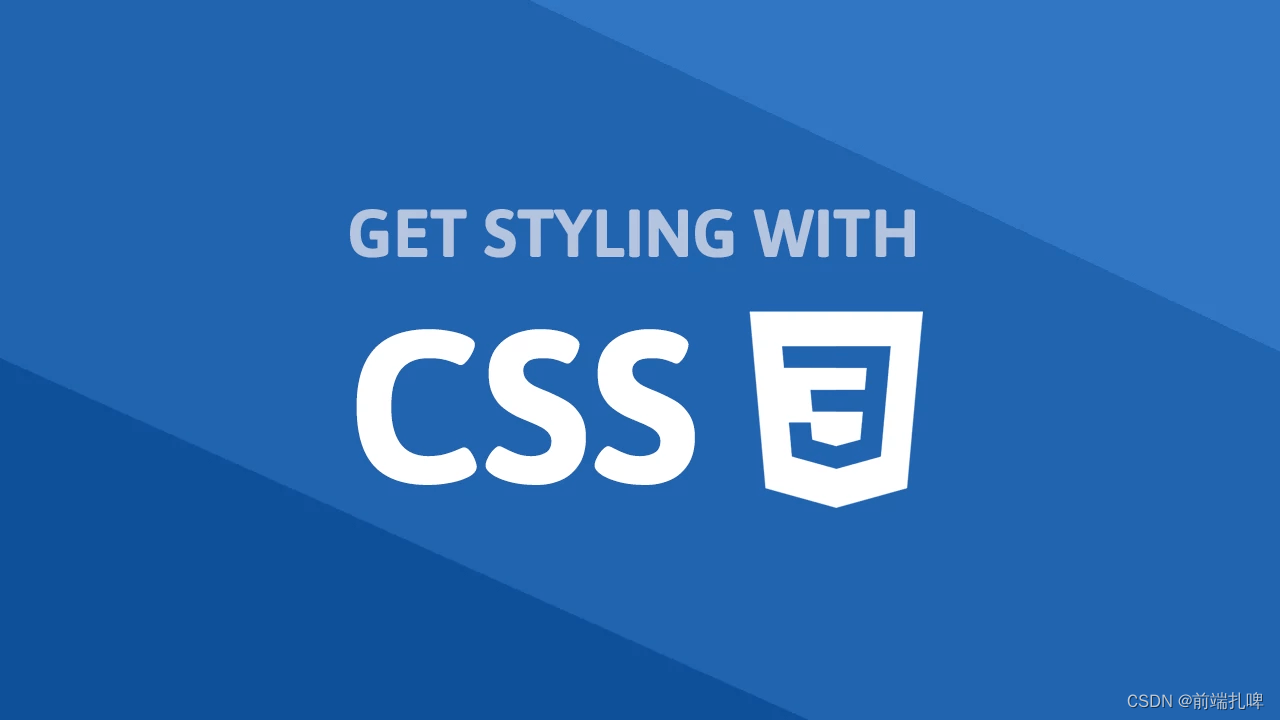一、普通跳转
1、使用header函数:通过设置HTTP头部信息实现页面跳转。可以使用Location头部指定跳转的URL。例如:
header("Location: http://www.example.com");
exit();2、使用JavaScript:可以使用JavaScript的window.location对象来实现页面跳转。例如:
echo '<script>window.location.href = "http://www.example.com";</script>';3、使用HTML meta标签:可以使用HTML的meta标签来设定延时跳转。例如:
echo '<meta http-equiv="refresh" content="0;url=http://www.example.com"/>';4. 使用标签:可以使用HTML的标签来创建一个超链接,并设置跳转的URL。例如:
echo '<a href="http://www.example.com">点击跳转</a>';5、使用iframe标签:可以使用HTML的iframe标签来创建一个内嵌框架,将页面内容嵌入到iframe中,并达到跳转页面的效果。例如:
echo '<iframe src="http://www.example.com" frameborder="0"></iframe>';二、定时跳转
1、使用header函数:通过设置HTTP头部信息实现定时跳转。可以使用Refresh头部指定延时时间和跳转的URL。例如:
header("Refresh: 5; url=http://www.example.com");
exit();2. 使用JavaScript的setTimeout函数:可以使用JavaScript的setTimeout函数来实现延时跳转。例如:
echo '<script>setTimeout(function() { window.location.href = "http://www.example.com"; }, 5000);</script>';3. 使用HTML的meta标签:可以使用HTML的meta标签来设定延时跳转。通过设置http-equiv为refresh,content为延时时间和跳转的URL来实现。例如:
echo '<meta http-equiv="refresh" content="5; url=http://www.example.com"/>';4. 使用JavaScript的location对象:可以使用JavaScript的location对象来实现延时跳转。例如:
echo '<script>setTimeout(function() { location.href = "http://www.example.com"; }, 5000);</script>';
![[C/C++]数据结构 链表OJ题 : 链表中倒数第k个结点](https://img-blog.csdnimg.cn/aa67e8afba5c4036891a0dc39cbd2090.png)

